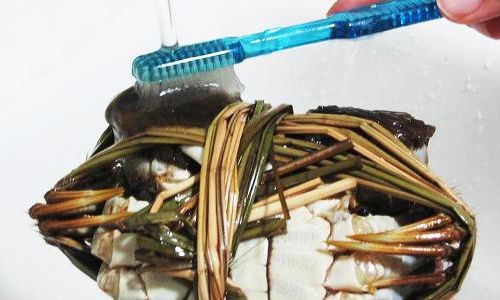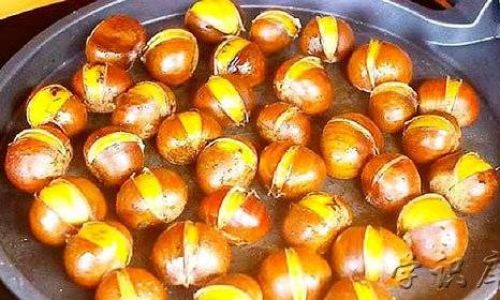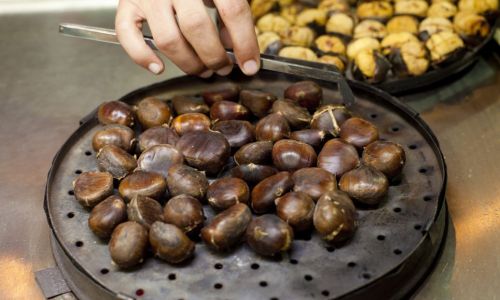Table of content
Hairy crabs, scientifically known as Eriocheir sinensis, are a seasonal delicacy prized for their rich flavor and delicate meat. However, their short shelf life and sensitivity to environmental conditions make preservation a critical challenge for enthusiasts and chefs alike. This article delves into the science and practicality of keeping hairy crabs fresh, exploring methods ranging from traditional refrigeration to advanced freezing techniques. By understanding the biology of these crustaceans and the factors that accelerate spoilage, you can extend their freshness while preserving their culinary appeal.
Understanding Hairy Crab Biology and Spoilage
Before diving into preservation methods, it’s essential to grasp why hairy crabs deteriorate so quickly. Like all crustaceans, they are ectothermic, meaning their body temperature fluctuates with their environment. When harvested, their metabolic processes slow but do not halt entirely. Without proper storage, enzymes and bacteria begin breaking down tissues, leading to texture loss, off-flavors, and potential foodborne pathogens.
Key Spoilage Factors:
- Temperature: Warmth accelerates bacterial growth and enzyme activity.
- Moisture: Excess humidity promotes mold and bacterial proliferation.
- Oxygen: While crabs need some airflow, too much exposure dries out their gills.
- Time: Freshness declines rapidly post-mortem, especially in live specimens.
Method 1: Refrigeration – The Short-Term Solution
Refrigeration is ideal for preserving live hairy crabs for 1–3 days. The goal is to slow metabolism without inducing hibernation or freezing.
Step-by-Step Guide:
- Pre-Cool the Fridge: Set your refrigerator to 39–42°F (4–5°C). Avoid colder settings, as freezing damages crab tissues.
- Container Preparation:
- Use a shallow, ventilated container (e.g., a perforated plastic box).
- Line the bottom with a damp—not soaking—cloth or paper towel to maintain humidity without drowning the crabs.
- Arrange the Crabs:
- Place crabs in a single layer, ensuring they can’t pile on top of each other (which causes stress and injury).
- Cover loosely with a damp cloth to retain moisture.
- Storage Location:
- Store in the coldest part of the fridge (usually the lower shelf).
- Avoid placing near strong-smelling foods, as crabs absorb odors.
- Daily Checks:
- Remove any deceased crabs immediately to prevent cross-contamination.
- Refresh the damp cloth if it dries out.
Pro Tip: For extended refrigeration (up to 5 days), place the container over a tray of ice. Replace the ice daily to maintain humidity and temperature.

Method 2: Freezing – The Long-Term Strategy
Freezing halts bacterial growth and enzyme activity, making it suitable for preserving crabs for 3–6 months. However, ice crystals can damage cell membranes, affecting texture. Proper blanching and packaging mitigate this issue.
Step-by-Step Guide:
- Blanching (Parboiling):
- Bring a large pot of water to a rolling boil.
- Submerge live crabs for 2–3 minutes to kill parasites and denature enzymes.
- Immediately transfer to an ice bath to halt cooking.
- Preparation for Freezing:
- Clean the crabs: Remove gills, apron, and intestinal tract.
- Halve or quarter larger crabs for easier thawing.
- Packaging:
- Use vacuum-sealed bags or airtight freezer containers.
- Add a brine solution (1 tbsp salt per cup of water) to enhance flavor retention.
- Leave ½-inch headspace to allow for expansion.
- Freezing:
- Label containers with the date and contents.
- Store at 0°F (-18°C) or lower.
Thawing Instructions:
- Transfer to the refrigerator 24 hours before cooking.
- Avoid thawing at room temperature, as this promotes bacterial growth.
Method 3: The Wet Towel Method – A Balancing Act
This technique mimics the crab’s natural burrowing environment, extending freshness for 2–4 days without refrigeration.
Step-by-Step Guide:
- Material Selection:
- Use a clean, lint-free towel or cheesecloth.
- Soak in cold water and wring out thoroughly until damp.
- Layering:
- Spread the towel in a shallow, breathable container (e.g., a bamboo steamer).
- Arrange crabs in a single layer, ensuring they don’t overlap.
- Storage:
- Place in a cool, dark location (ideal temperature: 50–55°F/10–13°C).
- Avoid direct sunlight or drafts.
- Maintenance:
- Re-dampen the towel every 12 hours.
- Discard any crabs showing signs of lethargy or discoloration.
Pro Tip: For added freshness, place a frozen gel pack underneath the container (not touching the crabs) to maintain a stable temperature.
Method 4: Cooler Storage – For the Adventurous
Ideal for transporting crabs or short-term outdoor storage, this method leverages insulation to regulate temperature.
Step-by-Step Guide:
- Cooler Preparation:
- Use a high-quality cooler with thick insulation.
- Pre-chill the cooler by filling it with ice packs for 30 minutes.
- Layering:
- Place a damp towel at the bottom.
- Add a layer of ice packs (not ice cubes, which melt too quickly).
- Arrange crabs on top, separated by another damp towel.
- Monitoring:
- Check the temperature every 4–6 hours.
- Replace melted ice packs as needed.
- Duration:
Safe for 12–24 hours, depending on ambient temperature.
Warning: Never submerge crabs in melted ice water, as this drowns them and accelerates spoilage.

Method 5: Cooking and Preserving Meat
For immediate use, cooking and storing the meat separately offers flexibility.
Step-by-Step Guide:
- Steaming:
- Steam live crabs for 15–20 minutes until shells turn orange.
- Cool immediately in ice water.
- Meat Extraction:
Crack shells and remove meat, discarding gills and internal organs.
- Preservation:
- Vacuum-seal meat in portions and freeze.
- Alternatively, store in airtight containers with brine for 3–5 days in the fridge.
Pro Tip: Marinate cooked meat in a mixture of rice wine, ginger, and soy sauce before freezing for enhanced flavor.
How to Revive Dormant Crabs
If crabs appear lethargic after storage, revive them gently:
- Fill a basin with cold water (add a handful of ice cubes).
- Submerge crabs for 10–15 minutes to stimulate gill function.
- Drain and pat dry before cooking.
Avoid: Using saltwater, as it dehydrates the crabs.
Common Mistakes to Avoid
- Storing in Tap Water: Chlorine and minerals harm gills.
- Overcrowding: Crabs release ammonia when stressed, poisoning their environment.
- Ignoring Temperature Fluctuations: Even brief exposure to warmth accelerates spoilage.
- Freezing Without Blanching: Results in mushy texture and off-flavors.
Conclusion
Preserving hairy crabs is an art that balances science and practicality. Whether you opt for refrigeration, freezing, or traditional methods, the key lies in controlling temperature, humidity, and oxygen exposure. By prioritizing freshness from the moment of purchase and adhering to these techniques, you can savor the delicate flavors of hairy crabs long after their seasonal peak. Remember: a well-preserved crab is a testament to both culinary patience and respect for nature’s bounty.






0 comments